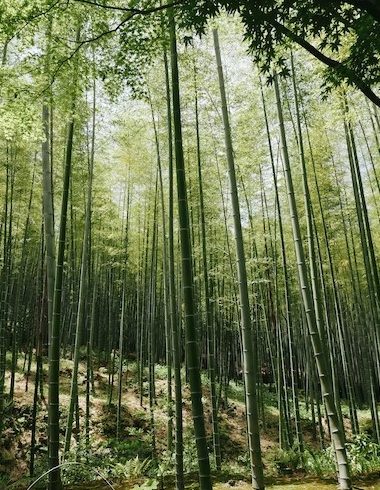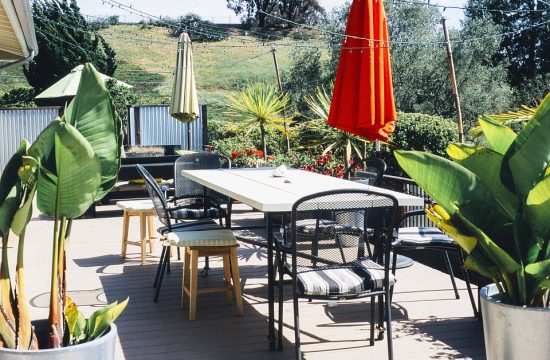Bamboo is a group of evergreen plants in the true grass family Poaceae, Bambusoideae subfamily, and Bambuseae tribe. Many people mistakenly think that bamboo is type of tree, because it grows tall up. Bamboo has hard, woody, hollow stem and stays green all year round. Bamboo is one of the fastest growing plants in the world. They are capable to grow 60 cm or more per day, due to their unique rhizome dependency system. However, the growth rate depends on local soil and climatic conditions.
It consists of more than 115 genera and 1,400 species. Bamboo is distributed in tropical and subtropical to temperate regions, with the highest concentrations and the greatest number of species in East and Southeast Asia and on the islands of Indian and Pacific Oceans. Several species of bamboo from the genus Arundinaria are native to the southern United States, where they grow densely along riverbanks and in marshy areas. Hundreds types of bamboo have been used in everything projects from construction, to furniture to medicine.
Bamboo prefers moist soil, such as around lakes. However, bamboo can tolerate different conditions, but the type of soil in which it grows is adjusted to how often it must be watered. Slightly acidic soils between 5.5 and 6.5 are suitable for most bamboo species, although some of drought-tolerant species do better in soils with a higher pH. This plant has leaves, but bamboo does not expend a lot of energy to grow leaves until they are mature. When the leaves appear, they will grow from the top of the stalk.
In addition, bamboo rarely flowers. They present a mechanism that still baffles scientists, whereby all bamboos from the same stock flower at the same time. This occurs no matter where the plants are in the world or the climate they are in, indicating that the trigger for the mass flowering is internal, not environmental. The interval of the flowering can be more than 100 years.
–sh












